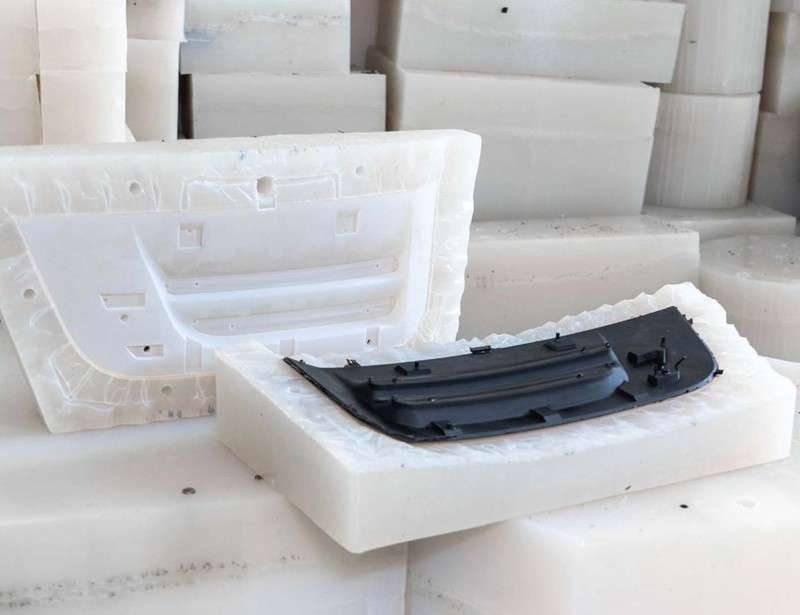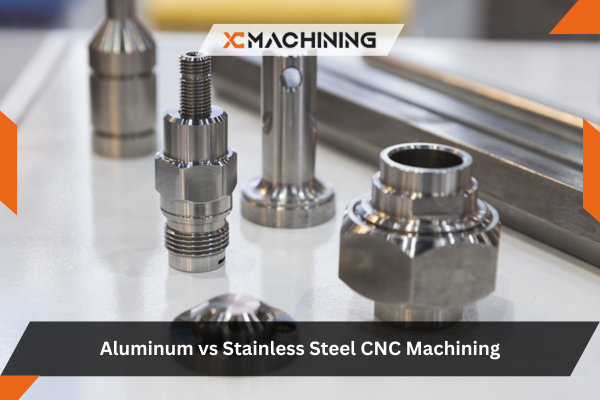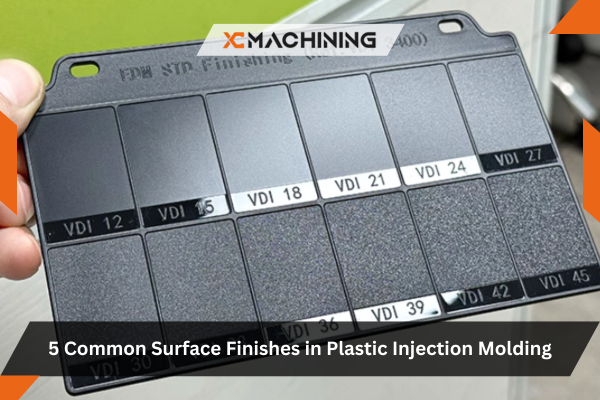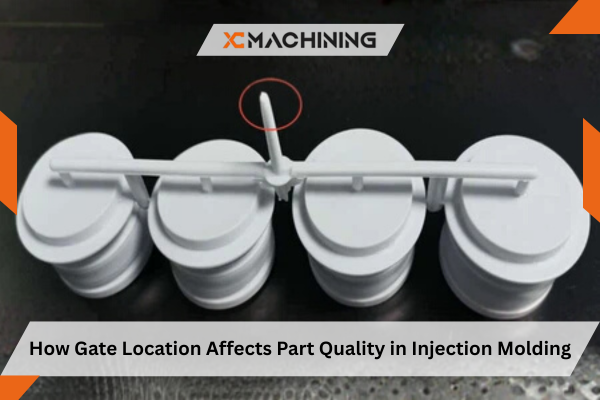To understand how to integrate or specify powder coating for your parts, it’s useful to walk through the process.
Pre-Treatment (Cleaning & Surface Preparation)
Before applying the powder coat, the metal substrate must be thoroughly cleaned of oils, weld spatter, rust, oxide layers and other contaminants. Surface conversion treatments (phosphate, chromate, etc) may be applied to enhance adhesion and corrosion resistance.
Application of the Powder via the Powder Coating Gun
The key application method uses a specialised “powder coating gun” (electrostatic spray gun or sometimes tribo gun) that charges the powder particles and directs them to the grounded part. The particles adhere, form an even coating, and build up to the required film thickness.
Curing
After applying the powder, the coated part is moved into a curing oven. Under heat, the powder melts, flows out, cross-links (in thermoset powders) and bonds to the substrate to form a strong finish.
Cooling & Quality Inspection
Once cured, parts are cooled and inspected for finish quality (evenness, colour match, thickness, adhesion, gloss/texture). Any defects may require rework.
Packaging & Delivery
For machining and part-supplier operations like XC Machining, packaging and shipping of finished parts must protect the powder-coated surface (avoid scratching or chipping during transit).
By understanding this “what” of the process, you can better control specification, procurement, quality assurance, and pricing of powder-coated parts or services.
Why Should You Choose a Powder Coat Finish Over Traditional Painting?
There are several compelling reasons. Let’s examine the “why” of choosing a powder coat.
Durability & Longevity
Powder-coated surfaces deliver far greater resistance to chipping, scratching, fading and corrosion than conventional liquid paint finishes. Some sources claim that with proper maintenance a powder coated finish can last 20-25 years in good condition.
Kosten-Wirksamkeit
While initial cost may be comparable or slightly higher, the longer lifespan, reduced maintenance, fewer re-coats and faster application translate to lower life-cycle cost.
Umweltfreundlichkeit
Unlike many liquid paints, powder coating typically has no or very low volatile organic compounds (VOCs). Overspray can often be reclaimed and recycled.
Quality & Aesthetic Variety
Powder coating supports a very wide range of colours, textures (matte, gloss, hammer-finish, wrinkle, etc) and can be applied very uniformly even on complex parts.
Produktionseffizienz
The application is often faster (electrostatic spray, fewer layers) and curing is more predictable, reducing manufacturing lead time.
For XC Machining, these advantages mean you can offer clients a finishing service (or partner with one) that adds strong value, aligns with modern manufacturing demands, and supports premium positioning of your parts.















